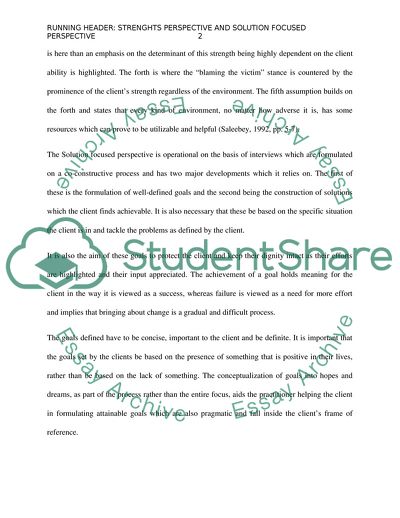Cite this document
(Strengths Perspective and Solutions Focused Perspective Coursework Example | Topics and Well Written Essays - 2000 words, n.d.)
Strengths Perspective and Solutions Focused Perspective Coursework Example | Topics and Well Written Essays - 2000 words. https://studentshare.org/psychology/1769265-strengths-perspective-and-solutions-focused-perspective
Strengths Perspective and Solutions Focused Perspective Coursework Example | Topics and Well Written Essays - 2000 words. https://studentshare.org/psychology/1769265-strengths-perspective-and-solutions-focused-perspective
(Strengths Perspective and Solutions Focused Perspective Coursework Example | Topics and Well Written Essays - 2000 Words)
Strengths Perspective and Solutions Focused Perspective Coursework Example | Topics and Well Written Essays - 2000 Words. https://studentshare.org/psychology/1769265-strengths-perspective-and-solutions-focused-perspective.
Strengths Perspective and Solutions Focused Perspective Coursework Example | Topics and Well Written Essays - 2000 Words. https://studentshare.org/psychology/1769265-strengths-perspective-and-solutions-focused-perspective.
“Strengths Perspective and Solutions Focused Perspective Coursework Example | Topics and Well Written Essays - 2000 Words”. https://studentshare.org/psychology/1769265-strengths-perspective-and-solutions-focused-perspective.


